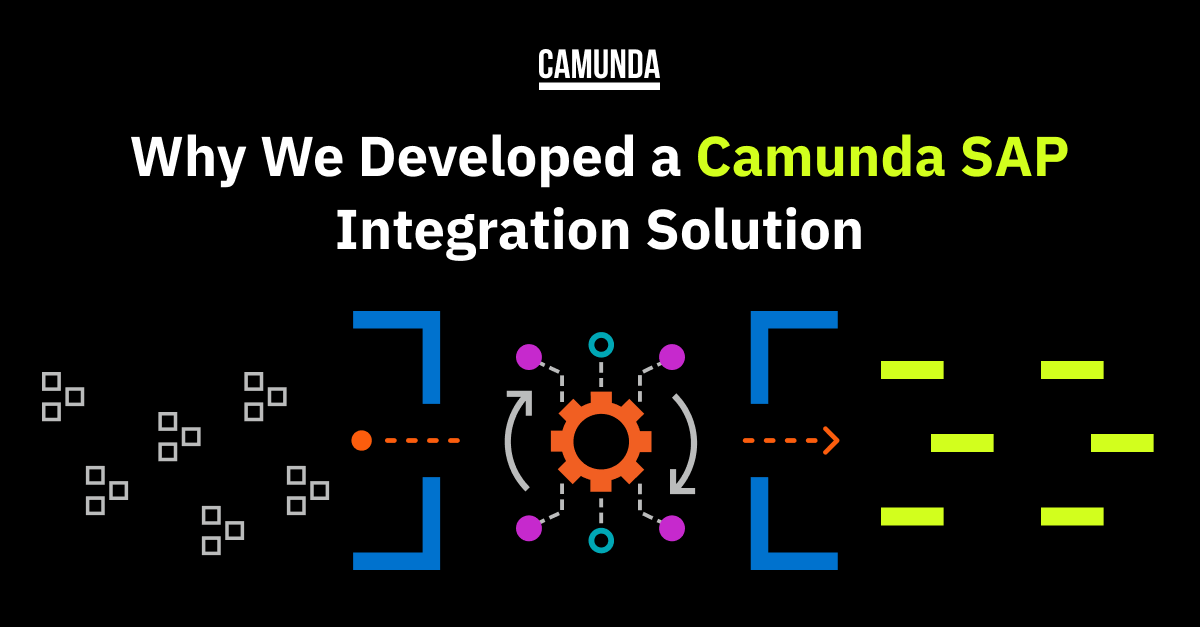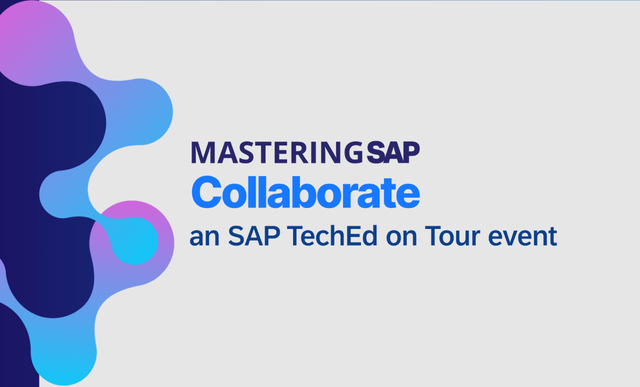5 Steps To Supercharge Customer Communications With SAP & OpenText
Meet the Authors
Key Takeaways
Transitioning to paperless communications meets customer preferences and reduces operational costs, as the majority of consumers now favor digital statements over traditional paper.
Automating customer communications during critical moments with tailored notifications can enhance trust and customer satisfaction, especially in emergencies.
Implementing self-service options and streamlining high-volume processes not only boosts efficiency but also empowers customers, allowing support teams to focus on more complex inquiries.
SAP-driven organizations in banking, insurance, and utilities are caught in a classic challenge today. How can they delight customers while driving down operational costs? The answer lies in transforming customer communications from a transactional necessity into a strategic asset.
A recent blog by SAP partner OpenText offered five practical steps to power up an organization’s customer communications by integrating SAP with OpenText solutions:
1. Ditch the Paper Chase for Good
According to market studies, the retail banking industry spent an average of $9 per customer on paper statements for 69 million households last year. Meanwhile, a 2023 study shows that 56% of consumers prefer digital statements. Thus, making the switch to paperless communications isn’t just about saving money or trees, but about meeting customers where they are. A digital-first approach, utilizing tools such as OpenText Document Presentment for SAP Solutions, makes this transition seamless rather than disruptive.
Explore related questions
2. Master the Mission-Critical Moment
The quality of a business’s customer communications can make or break customer trust during an emergency, such as when the power goes out or a key payment is due. A McKinsey study found that customer satisfaction plummets if outage updates are delayed by more than 30 minutes. By mapping the customer journey within the system, companies can utilize event-based triggers to send automated, tailored notifications via SMS, email, or a mobile app, transforming a moment of anxiety into an opportunity to demonstrate reliability.
3. Put High-Volume Processes on Autopilot
For any organization running SAP, streamlining high-volume document output is crucial to achieving efficiency. Global leaders have already cracked this code. For example, L’Oreal reduced its document creation costs by 20% by using OpenText Document Presentment to automate the hand-off of documents and business metadata directly to SAP. This approach enabled instant archiving and optimized the entire production cycle at a large scale.
4. Empower, Don’t Obstruct, with Self-Service
Customers don’t want to call a company to update their address or check a balance. McKinsey research confirms that well-designed digital self-service channels perform as well as, or even better than, traditional ones at a fraction of the cost. By enabling secure, user-friendly self-service options, organizations not only boost customer satisfaction but also free up their skilled support teams to handle more complex, high-value inquiries.
5. Turn Every Bill into a Brand Builder
Think of every statement, bill, or notification as valuable real estate. Instead of just delivering a number, an organization can use this space to build a relationship. With advanced targeting, companies can deliver personalized messages that matter. They can include energy-saving tips for a utilities customer, financial wellness tools for a banking client, or relevant cross-sell offers. Each communication becomes more than a transaction; it’s a chance to deepen trust and prove the company’s value.
What This Means for SAPinsiders
For teams managing SAP environments, the move to paperless is a strategic initiative with a measurable impact on the company’s Environmental, Social, and Governance (ESG) goals:
- Go beyond cost savings and quantify your ESG impact in SAP. Organizations accurately track the number of invoices, statements, and dunning letters generated each quarter through their SAP system. By integrating OpenText, companies can track the precise volume of documents shifted from physical to digital delivery. This allows them to translate operational data into hard environmental metrics for sustainability reports. Utilize the data from OpenText integration to populate sustainability dashboards directly, transforming a process improvement into a powerful, quantifiable ESG success.
- Enhance sustainability with an inclusive digital strategy. A forced digital-only approach can alienate customers who lack reliable internet access or are less tech-savvy. Use the rules-based engine in OpenText Document Presentment to implement a digital-first, not digital-only, strategy. Leverage customer preference flags in SAP master data to automatically route communications. This respects customer choice, promotes digital equity, and ensures compliance with industry regulations that may mandate paper options.
- Eliminate the hidden carbon footprint of the document lifecycle. OpenText’s deep integration with SAP digitizes the entire document lifecycle. When a document is generated digitally, delivered electronically, and archived instantly within the SAP environment via solutions like OpenText Archiving and Document Access, companies dismantle an entire carbon-intensive infrastructure. This reduces an organization’s Scope 3 emissions and eliminates the significant energy footprint of long-term physical storage.






